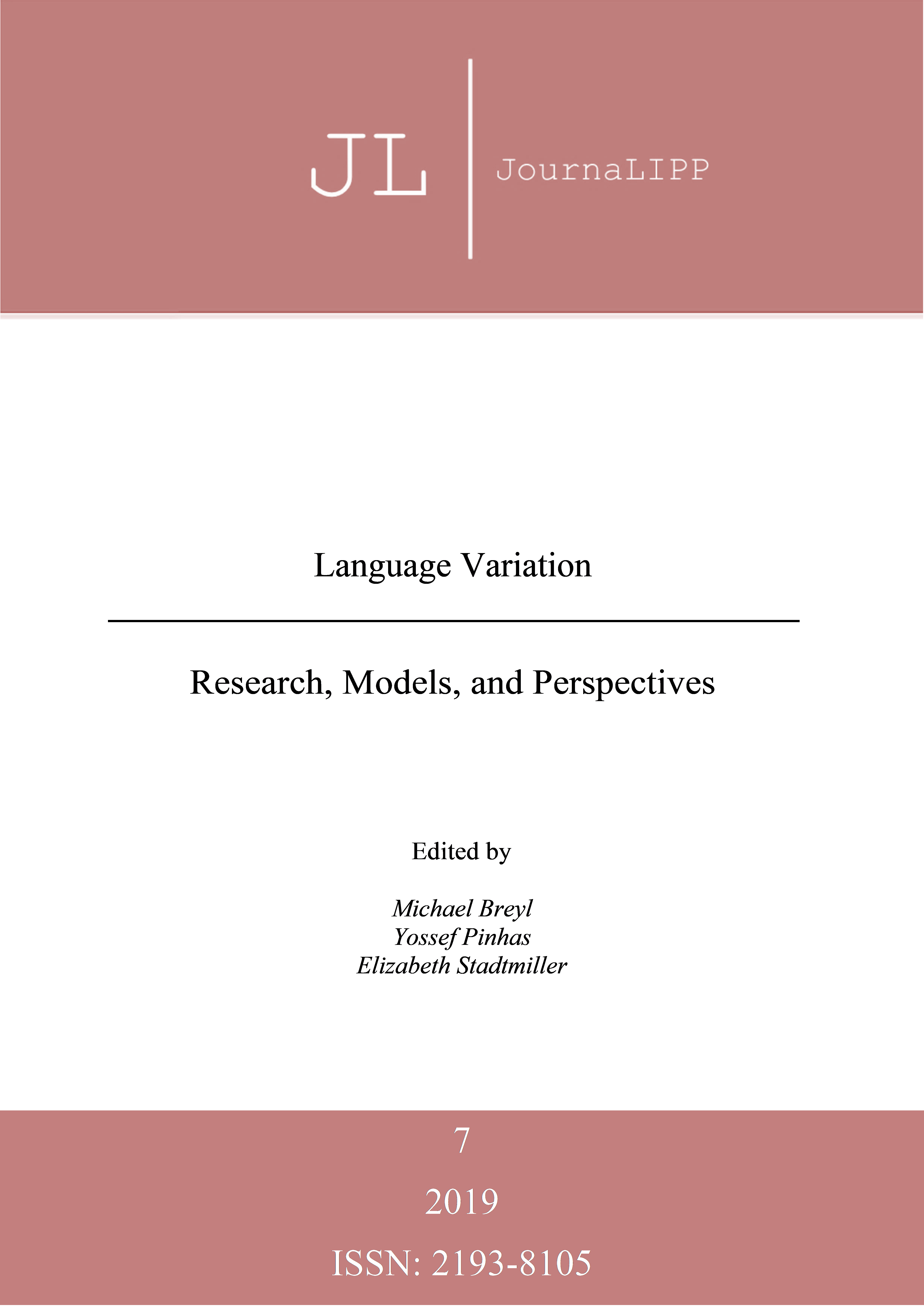Abstract
Dieser Artikel betrachtet die finite/nicht-finite-Komplementierungsalternation mit expect (dt. ‘erwarten’) und suggest (dt. ‘vorschlagen’) aus einer diachronen und synchronen Perspektive. Er untersucht, ob die diachrone Verschiebung von finiter zu nicht-finiter Komplementierung im britischen Englisch durch die distributionellen Unterschiede in finiten vs. nicht-finiten Komplementierungsmustern in den World Englishes in unterschiedlichen Phasen des Schneider’schen Dynamic Model (2007) wiederspiegelt wird. Er erforscht ebenso die Faktoren, die die Komplementierungsalternation in diesen Varietäten bestimmen. Daten wurden aus den CLMET, BNC und GloWbE Korpora extrahiert. Auf methodologischer Ebene werden Frequenzanalysen, random-forest-Analysen, logistische Regressionsanalysen und konditionelle-Interferenz-trees eingesetzt. Die Analysen zeigen, dass expect zum größten Teil die Hypothesen bestätigt, während suggest unerwartete Tendenzen zeigt.
Dieser Artikel ist auf Englisch verfasst.


